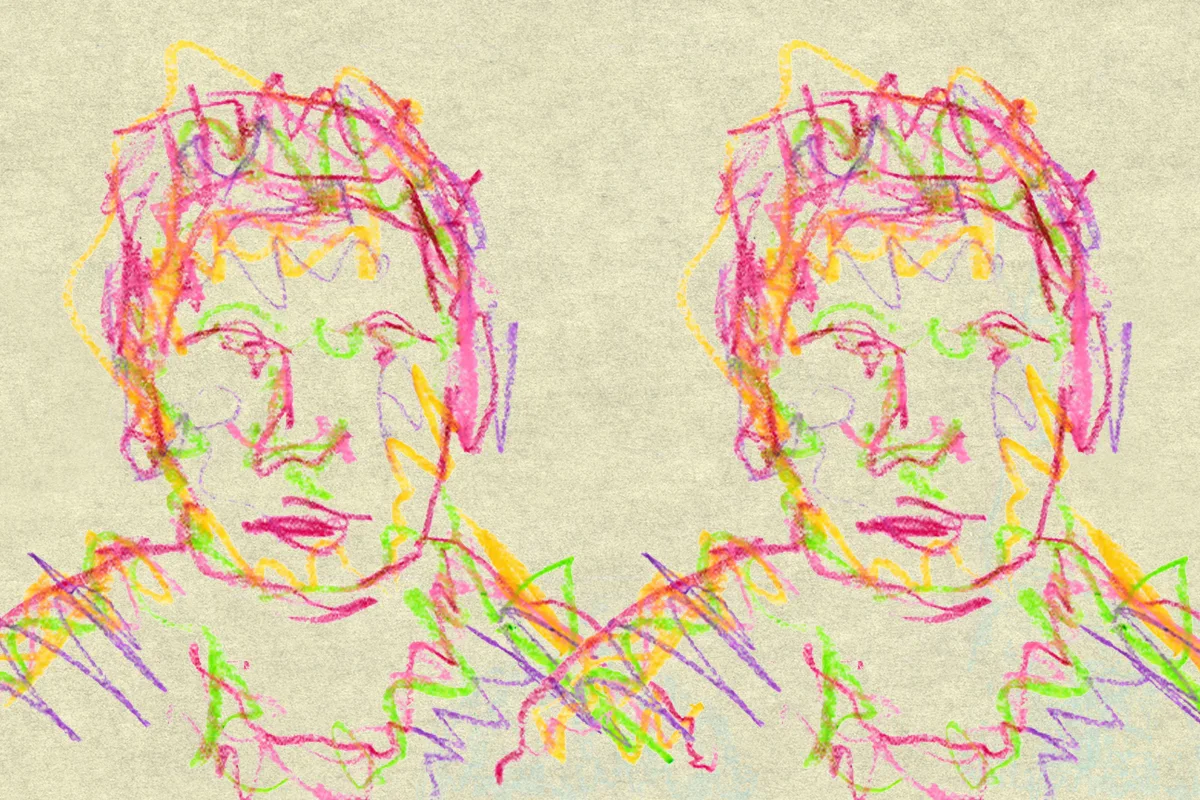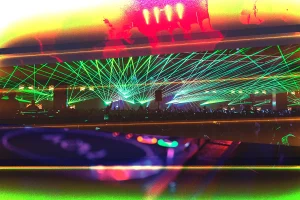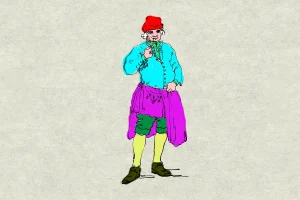A new study published in the Journal of the American Medical Association (JAMA) Psychology looked at pairs of twins in an effort to untangle the relationship between psychedelic use and psychotic or manic symptoms in young people, concluding—contrary to popular fears—that use of psychedelics “may be associated with lower rates of psychotic symptoms among adolescents.”
Manic symptoms, meanwhile, were linked to psychedelic use, but that appeared to be due to genetic predisposition.
“Psychedelic use was associated with more manic symptoms for individuals with a higher genetic vulnerability to schizophrenia or bipolar I disorder than in individuals with a lower genetic vulnerability,” researchers wrote, “which provides tentative evidence in support of contemporary guidelines on psychedelic research.”
READ MORE: This Flower Was Once Called the Scariest in the World—But Why?
Virtually all current psychedelic research—including leading clinical trials—excludes people with a genetic vulnerability to psychotic or bipolar disorders, the authors noted, though “there is a lack of consensus on the risks associated with psychedelic use for these populations, especially among adolescents.”
The report describes a cross-sectional study of adolescent twins in Sweden using data from a national registry. Participants were asked about their past use of various drugs at the age of 15 as well as symptoms of psychosis and mania. Supplementary analyses looked at parent-reported observations and other self-reported data.
“When adjusting for substance-specific and substance-aggregated drug use, psychedelic use was associated with fewer psychotic symptoms in both linear regression analyses and co-twin control analyses,” the study found. “In individuals with a higher genetic vulnerability to schizophrenia or bipolar I disorder, psychedelic use was associated with more manic symptoms than in individuals with a lower genetic vulnerability.”
“Taken together,” it says, “the findings in this study suggest that, after adjusting for other drug use, naturalistic use of psychedelics may be associated with lower rates of psychotic symptoms among adolescents. At the same time, the association between psychedelic use and manic symptoms seems to depend on genetic vulnerability to psychopathology such as schizophrenia or bipolar I disorder.”
How to Grow Shrooms Bundle
Take Both of Our Courses and Save $90!
The associations, researchers warn, “should be interpreted with caution,” noting limitations such as missing data in survey responses, the possibility of underreporting symptoms in self-reported surveys, a lack of information about the context of past psychedelic use, potential trouble interpreting research questions and various biases among respondents.
Nevertheless, they noted, “the use of co-twin control studies represents a novel research design in psychedelic research that can further inform associations and may be particularly useful when it is not feasible to conduct an experimental study.”
“Taken together, this study has advantages as a population-based naturalistic study that takes genetics into account, but the findings in this study should be interpreted with caution until they have been replicated in future studies,” the report says.
The findings come on the heels of another article published by the American Medical Association this week concluding that the use of the broadly unregulated cannabinoid delta-8 THC was higher among high-school seniors in states where cannabis remained illegal, as well as in states that had not adopted regulations around hemp-derived cannabinoids.
Last year, a separate study of young people at risk of developing psychotic disorders found that regular cannabis use over a two-year period did not trigger early onset of symptoms. In fact, it was associated with modest improvements in cognitive functioning and reduced use of other medications—a finding that researchers themselves called surprising.
An earlier JAMA-published study that looked at data from more than 63 million health insurance beneficiaries meanwhile found that there’s “no statistically significant increase” in psychosis-related diagnoses in states that have legalized marijuana compared to those that continue to criminalize cannabis.
*This was originally published on Marijuana Moment

DoubleBlind is a trusted resource for news, evidence-based education, and reporting on psychedelics. We work with leading medical professionals, scientific researchers, journalists, mycologists, indigenous stewards, and cultural pioneers. Read about our editorial policy and fact-checking process here.

DoubleBlind Magazine does not encourage or condone any illegal activities, including but not limited to the use of illegal substances. We do not provide mental health, clinical, or medical services. We are not a substitute for medical, psychological, or psychiatric diagnosis, treatment, or advice. If you are in a crisis or if you or any other person may be in danger or experiencing a mental health emergency, immediately call 911 or your local emergency resources. If you are considering suicide, please call 988 to connect with the National Suicide Prevention Lifeline.



